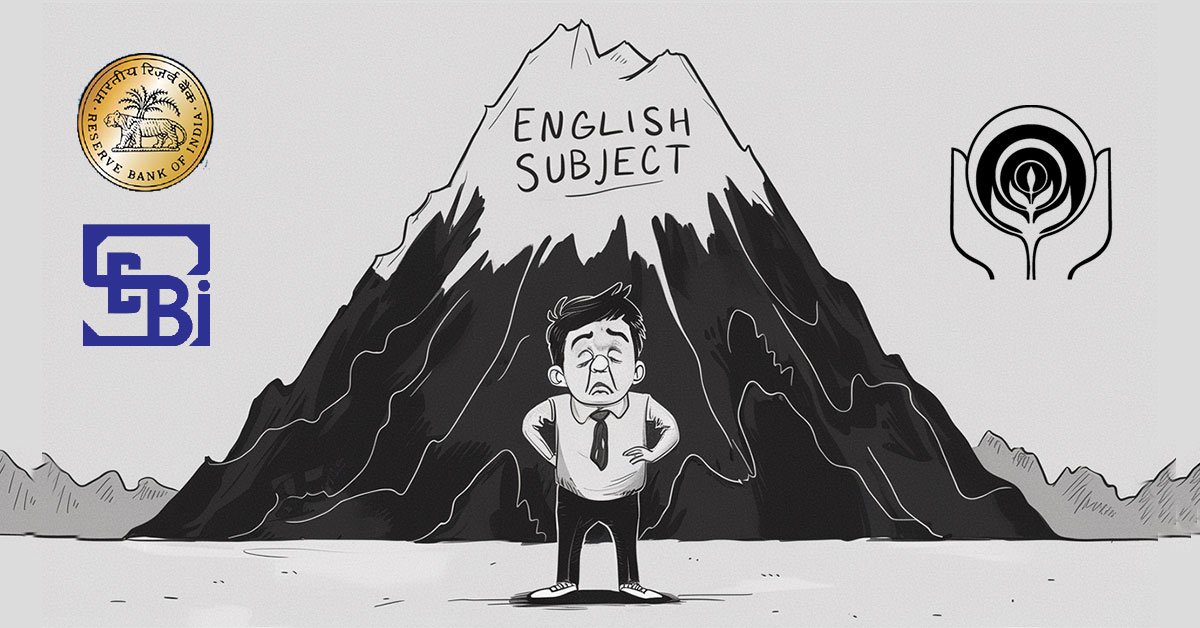Context:
The RBI has postponed the implementation of the proposed Liquidity Coverage Ratio (LCR) guidelines to at least March 31, 2026, from April 1, 2025. This gives banks more time to adjust and prevent disruption. In addition, there is no fixed timeline for Expected Credit Loss (ECL) and project finance norms, so it will ensure a more balanced regulatory approach.
Liquidity Coverage Ratio (LCR)
The LCR is one of the most significant financial metrics that indicates a bank’s ability to meet short term liabilities. It makes sure banks are sufficiently exposed to HQLA in order to survive any form of financial stress for 30 days. The LCR must be at 100% and above.
Calculation
The formula for Liquidity Coverage Ratio (LCR) is:
LCR = ⇒ High Quality Liquid Assets (HQLA) / Total Net Cash Outflows × 100
Where:
- High Quality Liquid Assets (HQLA): Assets that can be quickly converted into cash during times of financial stress.
- Total Net Cash Outflows: The total amount of expected cash outflows minus the expected cash inflows over a 30-day stress period.
For example, if a bank’s HQLA is ₹500 crore and its total net cash outflows are ₹400 crore, the LCR would be:
LCR = (500 / 400) × 100 = 125%
- Purpose of LCR
- A BCBS reform in banking stability.
- Facilitates banks to withstand financial and economic shocks so that a financial crisis is averted.
- The probability of financial instability spilling over into the real economy is minimized.
- What are High Quality Liquid Assets (HQLA)?
- Liquid assets that can easily be liquidated into cash when there are liquidity needs.
- Examples include: Cash at the central bank, Government bonds.
- Significance of LCR.
- It provides for the banks’ ability to meet short term obligations. This then enables banks to be more resistant to market disruption and financial shocks.
- It enhances the resilience of the banking system against financial stress.
Key Highlights of RBI’s Announcement
- Postponement of LCR Norms
- Scheduled to be implemented on April 1, 2025, but now it has been postponed to March 31, 2026 or later.
- RBI wants it to be phased in rather than being rolled out suddenly.
- Banks had asked for more time as liquidity conditions in the system were very tight.
- LCR norms have an over and above 5% runoff factor to be used for assigning retail deposits if IMB facilities are available
- No Predefined Timeline for ECL & Project Finance Norms
- The ECL framework is still at the discussion stage. Even a draft has yet to be made available
- RBI agrees that major system overhauling of IT is required and may take approximately 6 12 months.
- Project finance norms to be aligned with ECL guidelines to ensure a balance in the regulatory framework.
Sources: Business Standard















